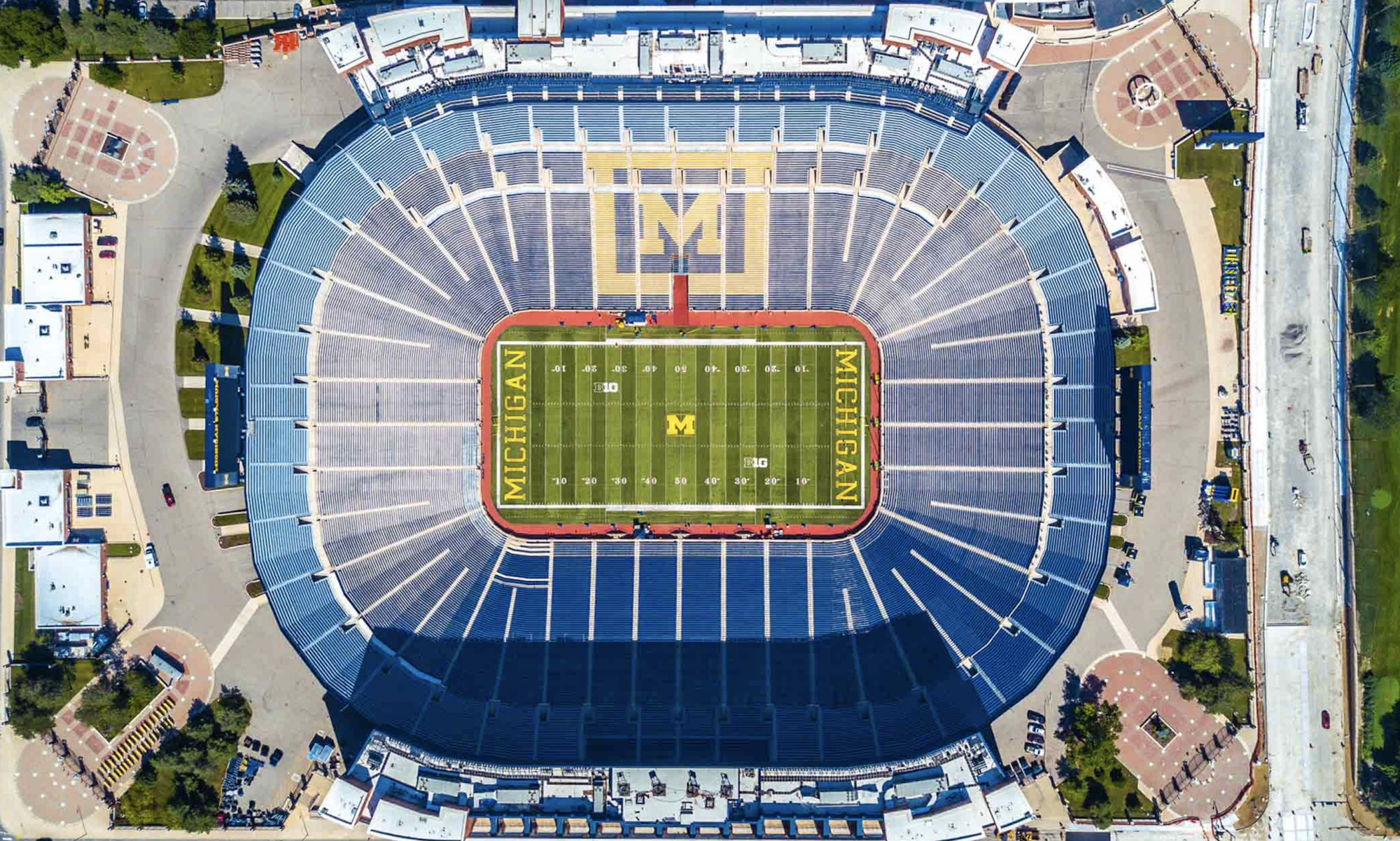Paul Hiepler wakes up every morning in Abilene, Texas and heads to class. Not the zoom type of class, but the in-person type of class. Sometimes, even mask-less. He is a senior guard on the Abilene Christian University men’s basketball team. He was crushed last year when his March Madness dreams were stolen from him due to the COVID-19 crisis. Despite the fact that the America is still enduring this pandemic, his day-to-day life has returned to some normalcy in his Abilene bubble. No testing. Minimal masks. Little to no social distancing. His basketball career came to a happy ending after beating University of Texas in the first round of March Madness just five weeks ago.
Julia Sullivan wakes up every day in Ann Arbor, Michigan. Her commute to class is much simpler than Hiepler’s—she rolls out of bed, puts on her mint blue Ugg slippers, walks three strides to her desk, and sits for hours on end. By the time she graduates, nearly 1.5 years of her college experience will have been on Zoom. She is a senior and 800 meter running on the University of Michigan Women’s Track and Field Team. Ever since the COVID-19 pandemic, her academic and athletic life has lost its normalcy. Coronavirus testing occurs between six to seven days a week. A daily contact tracing form is required by each student. Sullivan is forbidden to coerce with athletes from different sports, as she could risk contracting the virus. The University Michigan athletes’ guidelines are the most stringent they can be. “I don’t see it ending anytime soon,” said Sullivan.
While they are both Division I collegiate athletes, it’s more like they are in two different universes.

“I live with my four roommates. Three of them are also on the track team, even the same event group. They let us live together and use the same bathroom, but if I stand too close to them during practice or even dare to give them a high five, I’ll get scolded 100% of the time,” Sullivan commented.
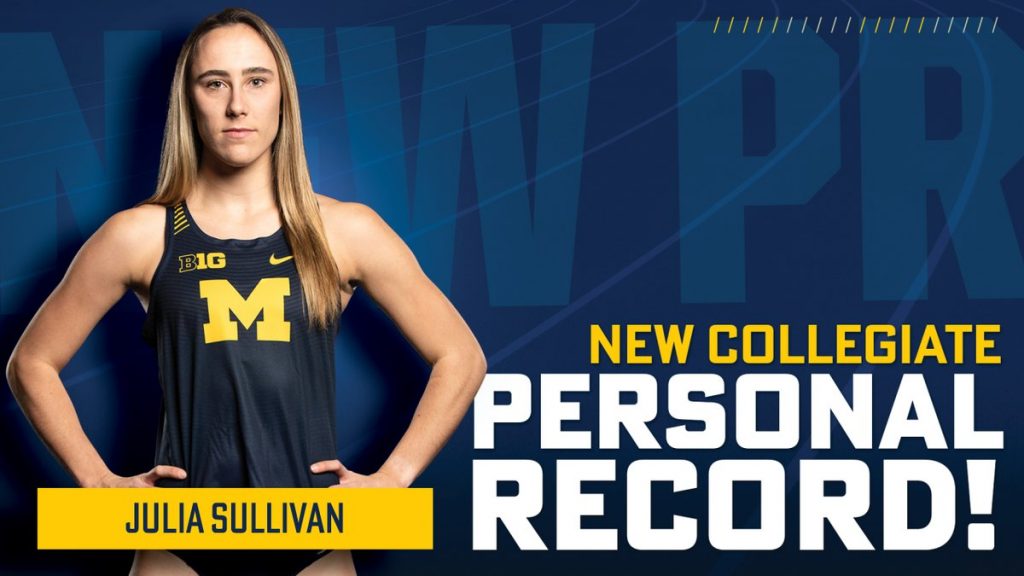
The constant sacrifice Sullivan has to make each day sometimes even makes her question if it’s all worth it. She dreamed of running at a major university in high school but didn’t expect to go end her four-year collegiate running career like this. “Don’t even get me started on the contract tracing. It’s a maze. Nothing has been consistent about this whole entire thing”. Just two weeks ago, the University of Michigan released a statement saying it would pause all athletic practice for up to two weeks due to the new COVID-19 strain. “Honestly, those were the best two weeks of my whole year so far. I felt like I could live again. But don’t tell my coach that,” she said.
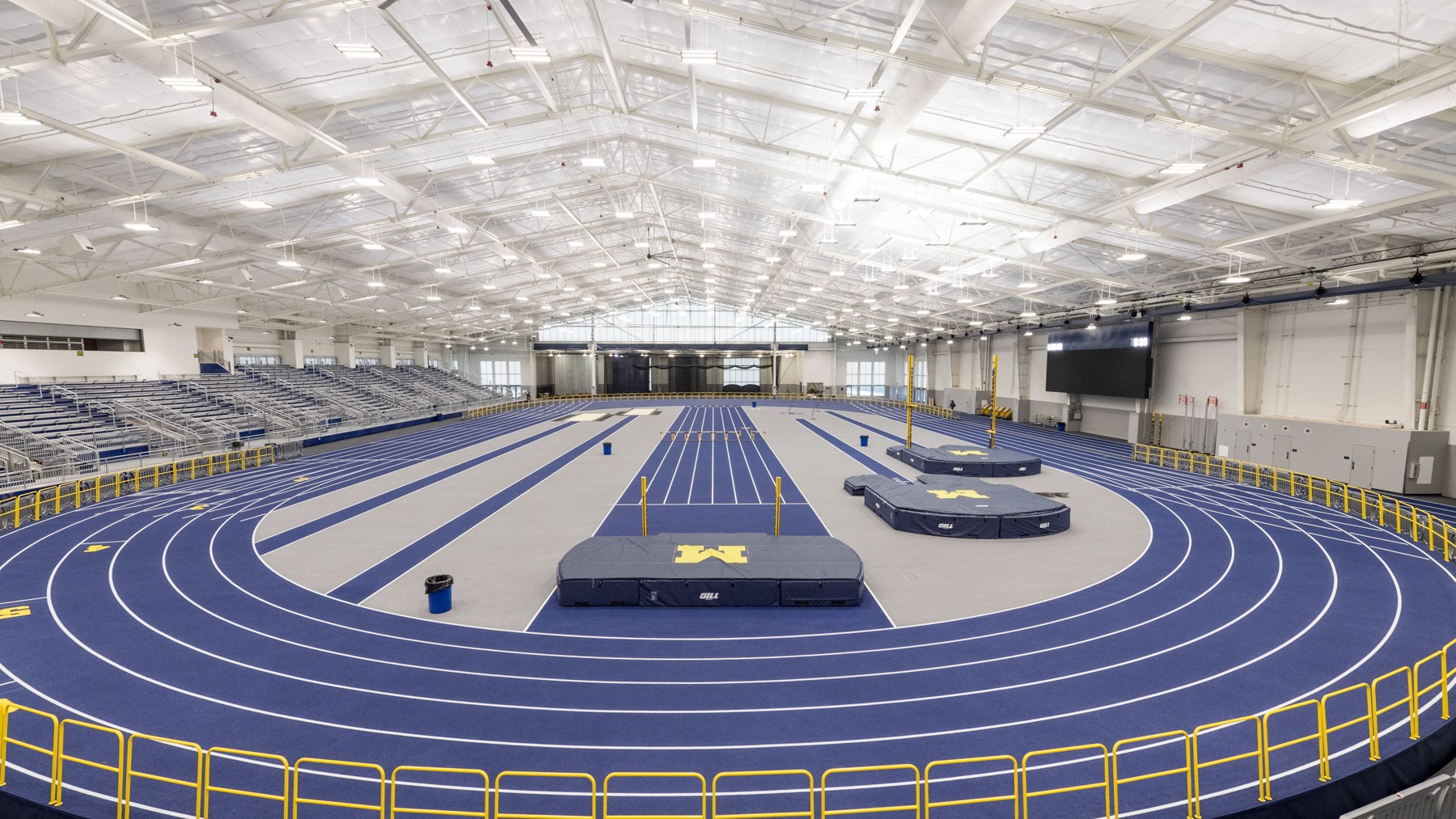
There are 357 Division I collegiate athletic programs in the United States. Thousands of coaches, trainers, directors, and competitors. All of these schools are ruled by the NCAA. But, in the presence of a pandemic, how can there be such obvious disparities between programs regarding protocols? How can one athlete experience normalcy, while the other is practically in solitary confinement? The answer comes down to regional statistics but most of all, budgeting.
“One of our games was cancelled due to COVID, but that’s it. It seems like here at ACU, we sort of have that herd immunity thing going on. I had it along with both my roommates. It spread throughout basketball team and pretty much our whole campus. Our numbers were really high at one point, but now they are lower than ever. Coming from California, I really feel like Texas is my safe haven,” Hiepler said. This coming Wednesday, Governor Abbot declared that masks will no longer be required throughout the state of Texas. Additionally, any business is allowed to open at 100% capacity. Texas is the first and only state to do this so far.
Despite the state’s leniency with the pandemic, how can two Division I athletes be experiencing such different senior years? How can one be following all rules and still have a normal routine, while the other is nearly on lockdown? Owen Simpson, editor in chief of ACU’s The Optimist attributes these disparities to more than just state laws.
“Intentional or not, it should be noticeable that there are clear discrepancies…we see this with different conferences and how they go about their COVID-19 protocols. More tests are required in some conferences than others,” Simpson stated.
ACU is a mid-major school. After jumping from DII to DI just a few years ago, they are working on funding and receiving an extended budget.
“They basically have to play catch up for a few years,” said Simpson. Big conferences like the SEC, PAC-12, and Big10 have such strict COVID testing because they have the money to do so. Their sports programs are much more intense. A lot of people watch Michigan play football on Saturday morning. Not many tune in to ACU football…at least not many that I know of.”
But, when it comes to how universities are handling COVID-19, it seems as if there is an increased leniency in West Texas. Simpson is not convinced that intense protocols make a dramatic difference.
“To say that these other conferences are doing the right job…that may be true. But, to the extent and severity they implement these rules can be in question based on other conferences and how they work through their strategies…we may never know the right answer,” Simpson said.
At Southern Methodist University, just 180 miles away from Abilene, Texas, students are living a much different story. Dallas might as well be considered to be the “extreme left” when compared to home-grown West-Texas Abilene.

“But, to the extent and severity they implement these rules can be in question based on other conferences and how they work through their strategies…we may never know the right answer”
— Owen Simpson, The Optimist | Editor-in-Chief
Jacquelyn Lyon, a senior majoring in Economics at SMU, details her heartbreak and frustration of ending her college career in a “COVID funk”.
“I’m not even an athlete. Just a regular old student. But I felt such a loss when we were banned from going to sporting games. That’s one of the best parts of going to a major sports school. That fan section is everything,” Lyon said.

SMU is one of the few major universities across the country allowing for optional in-person classes. While it seemed as if there was no hope during her junior year, Jackie felt a second wind kick in when the administration announced they would be allowing limited attendance for fall 2020 football games. It was like a revival. In fact, the limited amount of ticket availability actually increased desirability among SMU students.
“It was actually sort of an interesting experiment. The limited amount of tickets for students made it more exclusive and people really trying to get into the game. It was sort of a VIP event in some way,” said Lyon. “I can’t believe we have been dealing with this for a year now.”
All in all, the pandemic not only robbed athletes of their college experience, but also regular students.
“I’m not sure if it will ever be the same. It’s so much less exciting, when we all rush into the football stadium, you always have to have your mask on. They have square markings designated to each group. You can’t leave your square. It’s kind of like we are in jail,” Lyon said. “I can’t even imagine how the athletes feel.”
While there is great disparity in protocols between athletic programs, one outcome is evidently clear: no one is a winner. Each school suffered major monetary loss and were forced to make game time decisions that greatly impacted it’s future. No matter the tests, rules, and regulations, its obvious all students, athletics or not, suffered immensely.
But, what about a governing body to create a consistency throughout all schools across the country? The National Collegiate Athletic Association has option to avoid the controversy, and leave it to the conferences to make the decisions. In fact, when asked for specific detail, they didn’t give much. “May I suggest you reach out directly to the conferences you are interested in talk to regarding COVID-19 protocols,” said Greg Johnson, NCAA Associate Director of Communications.
Johnson stated that the NCAA, “only sets protocols for the 90 championships in the 24 sports that are sponsored throughout the Association”. NCAA decides to have authority only when all conferences come together an annual championship. At this year’s March Madness tournament, seats were limited and masks were a strict mandate. For future championships for other sports, the NCAA will have 100% ability to establish any protocol they want. To make the decision easier, they carefully created 12 staff members to be a part of the COVID advisory panel.
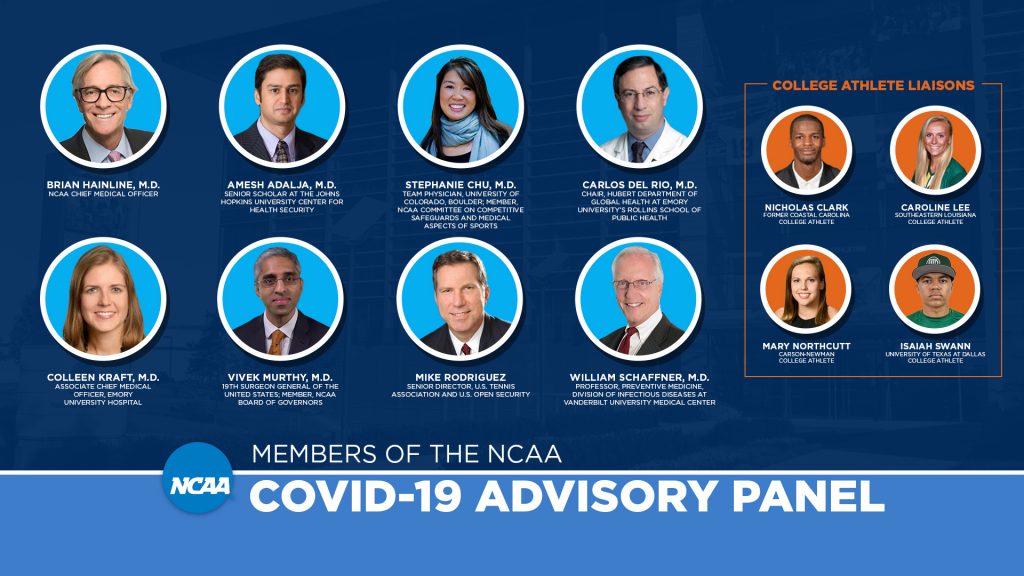
So, where do we go from here? How do parents cope with possibly never being able to see their child compete for one last time? How are college coaches expected to recruit from the junior and senior high school classes that never even got to compete?
Thankfully, normalcy is starting to return. But it’s still a long road ahead.
Owen Simpson gives a simple answer:
“We are all just going to have to figure it out together. I’m confident that very soon, things will start to feel normal again. Athletes are taught to keep going to get back up, even if they get juked pretty bad. It’s all for the love of the game.”
NCAA vs. COVID-19: The Rundown
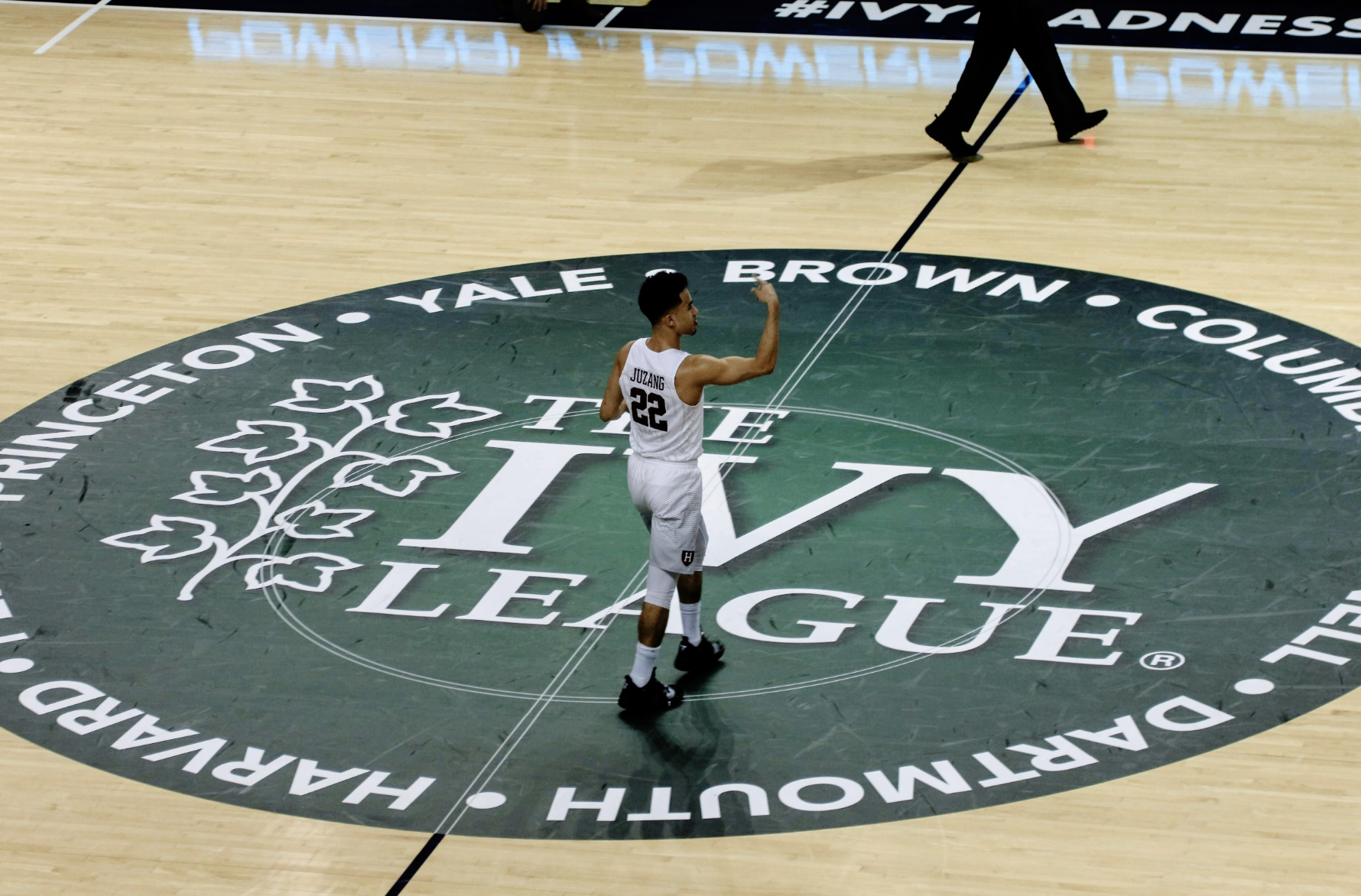
Ivy League Cancels Conference Tournament
NCAA states that events should be held without fans.

NCAA Basketball Tournament Officially Cancelled
All spring sports cancelled until furthur notice.
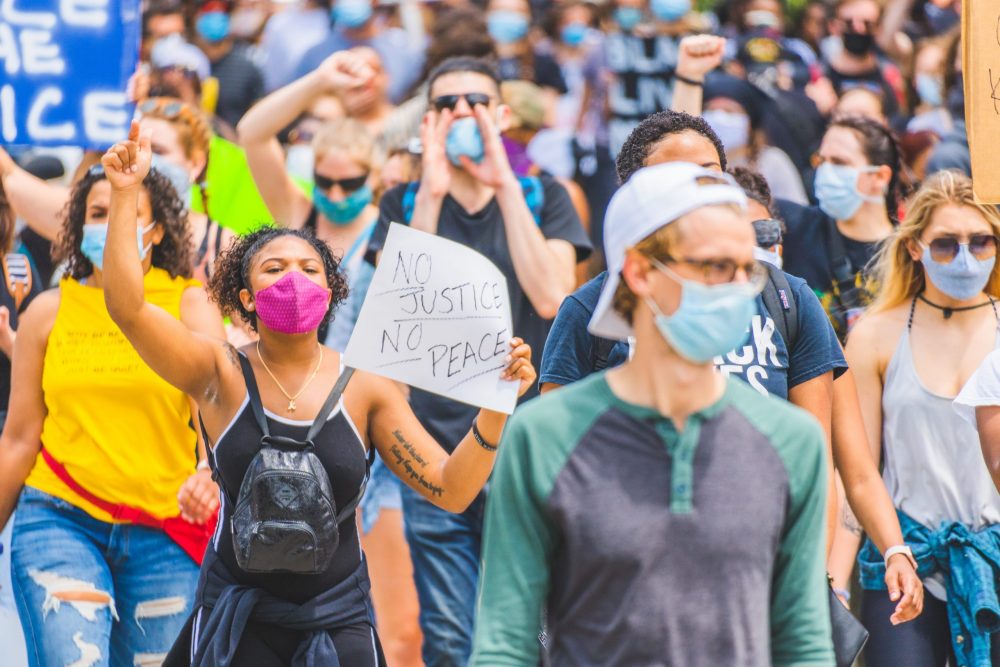
George Floyd
Thousands of collegiate athletes are stuck at home for months. During civil unrest, they speak out against injustices.
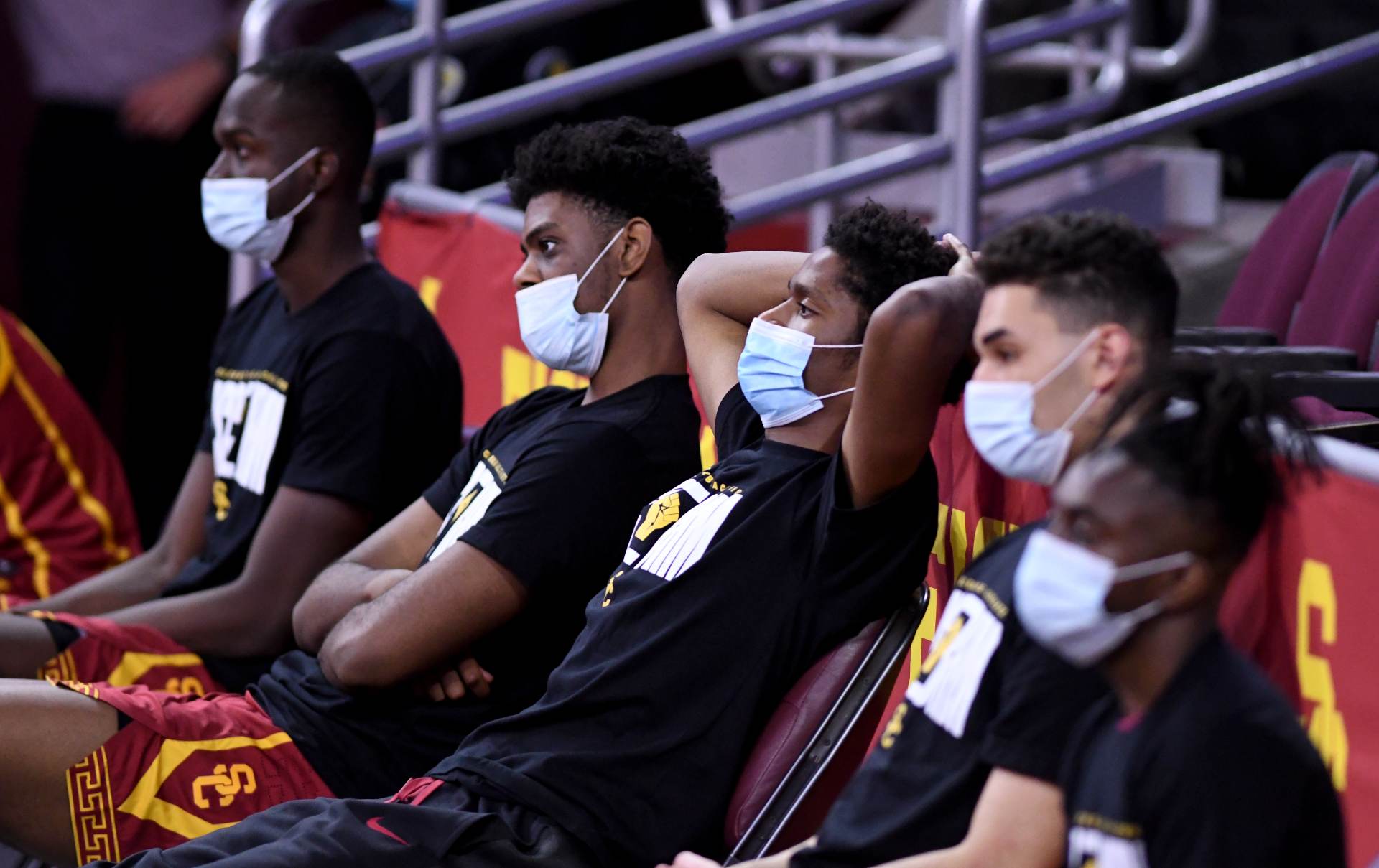
Return to Play
NCAA allows for football athletes to begin practicing, in hopes of having a fall season. Fans are not allowed.

Outbreaks
Select schools including LSU and Clemson suffer from COVID outbreaks among staff and players. Strict quarantine rules are in effect.
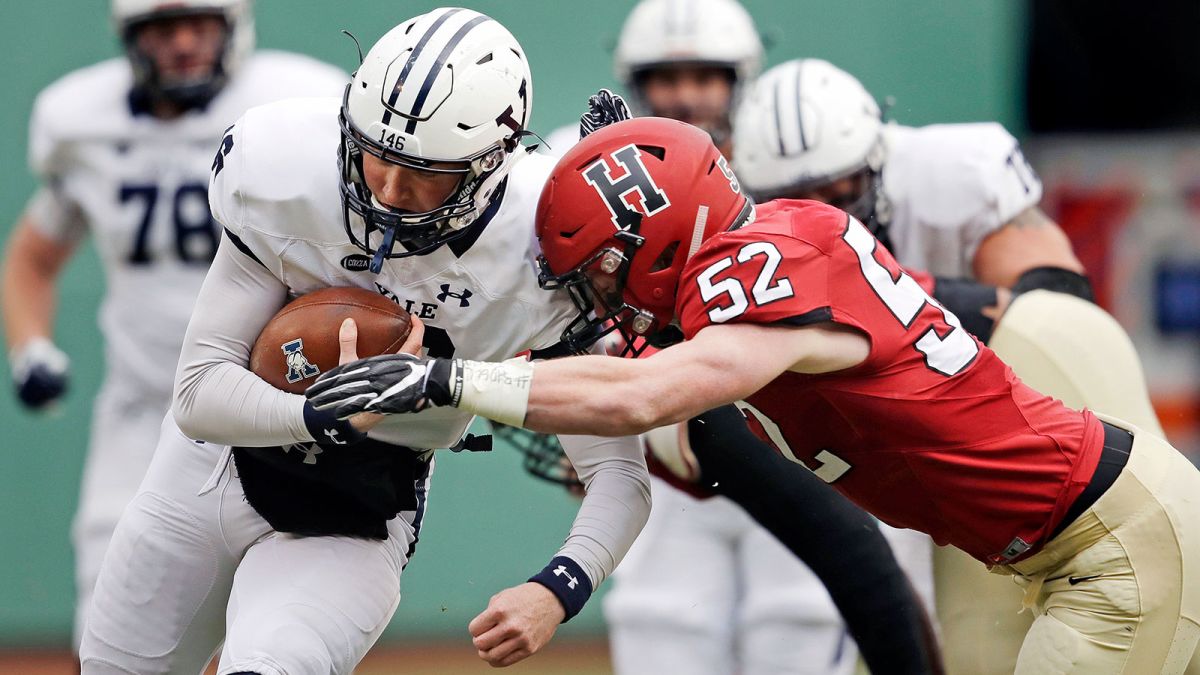
Ivy League Postpones Once Again
Ivy League decides to be the first conference to pause fall sports.
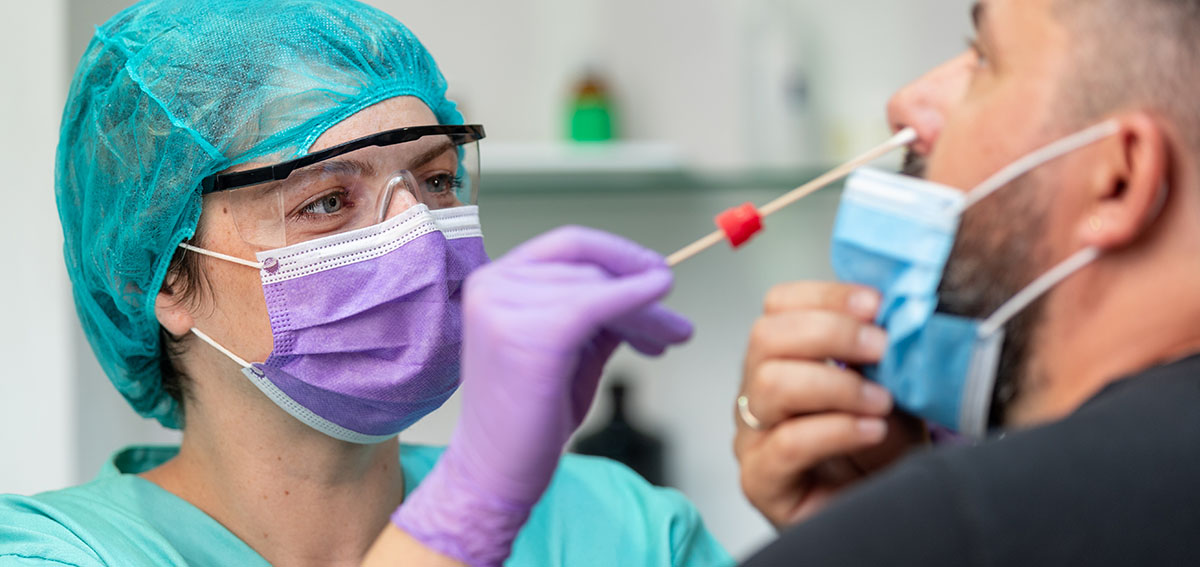
NCAA Testing
The NCAA mandates each school schedules testing for athletes prior to athletic competitions.
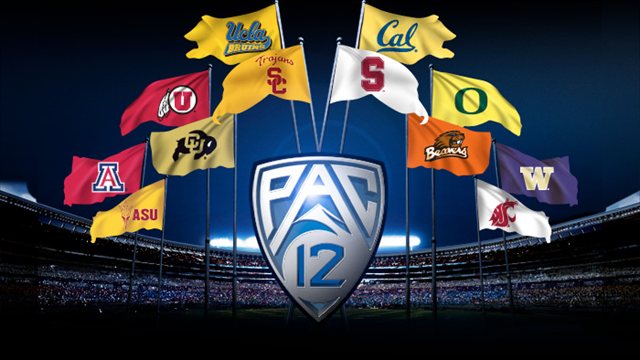
Fall Sports
The Big 10 and PAC-12 join the Ivy League in calling off fall sports, while other numerous conferences plan to play.

Athlete Experience
NCAA athletes continue to fight through the pandemic. Masks, limited attendance (if at all), daily testing, quarantine, etc. It has immensely hindered their college experience.
